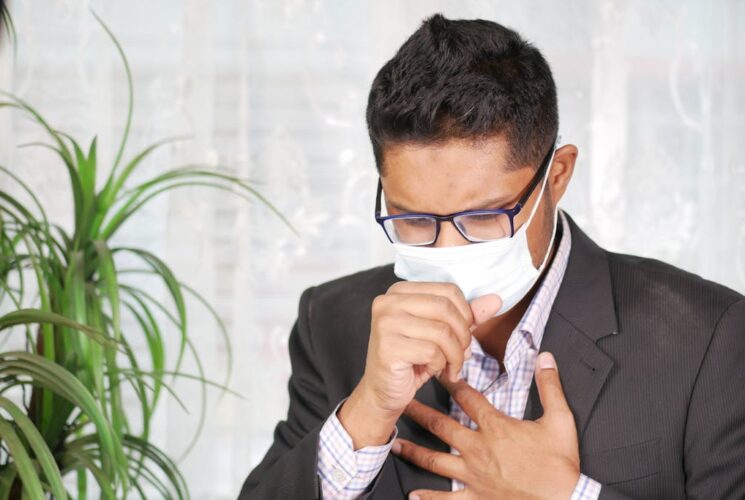
Eosinophilic Esophagitis (EoE) is a condition that affects the esophagus, causing inflammation and difficulty swallowing. It happens when a specific type of white blood cell, known as eosinophils, accumulate in the esophagus. The early stages of EoE can be subtle, making it important to pay attention to any changes in your body. Here are some early signs to look out for.
One of the most noticeable symptoms in the early stages of EoE is difficulty swallowing, also called dysphagia. People with EoE might feel like food is stuck in their throat or chest, especially when eating solid foods. This sensation may come and go but can worsen over time if left untreated.
Heartburn and acid reflux are common issues, but when these symptoms become frequent and do not respond to typical treatments, it could signal EoE. The inflammation caused by eosinophils in the esophagus can lead to symptoms similar to acid reflux, causing a burning sensation in the chest or throat.
Regurgitation, or the feeling of food coming back up into the throat or mouth, is another sign to watch for. It may happen after eating and can cause discomfort. This symptom occurs when the esophagus is inflamed and has difficulty moving food properly down to the stomach.
People with EoE may also experience stomach discomfort or pain, especially after eating. This can include bloating, cramping, or a feeling of fullness. For children, this may be harder to identify, but complaints of stomach pain after meals should be taken seriously.
Nausea or vomiting after meals is another early symptom of EoE. This happens when the esophagus becomes inflamed, making it difficult for the stomach to digest food properly. In severe cases, it might lead to the person vomiting soon after eating.
A person with EoE might start avoiding food due to the pain or difficulty swallowing. This can lead to a reduced appetite, especially in children, who may refuse to eat because of discomfort. Over time, this can result in weight loss.
Many people with EoE have a history of food allergies or sensitivities. If you notice that certain foods, such as dairy or wheat, cause a flare-up of symptoms, it could be related to EoE. Identifying these triggers early on can help manage the condition.
If you experience any of these symptoms, it’s important to consult a healthcare provider. Early diagnosis and treatment can help manage eosinophilic esophagitis and prevent further complications.
© InsiderScoop